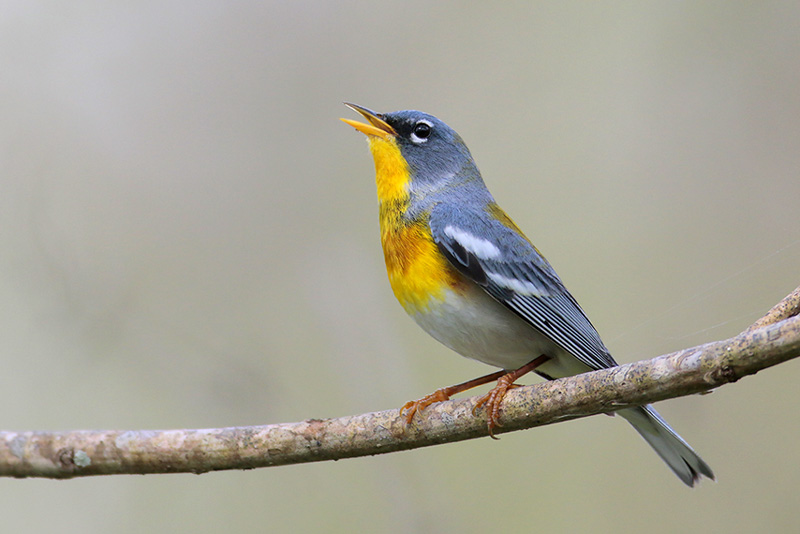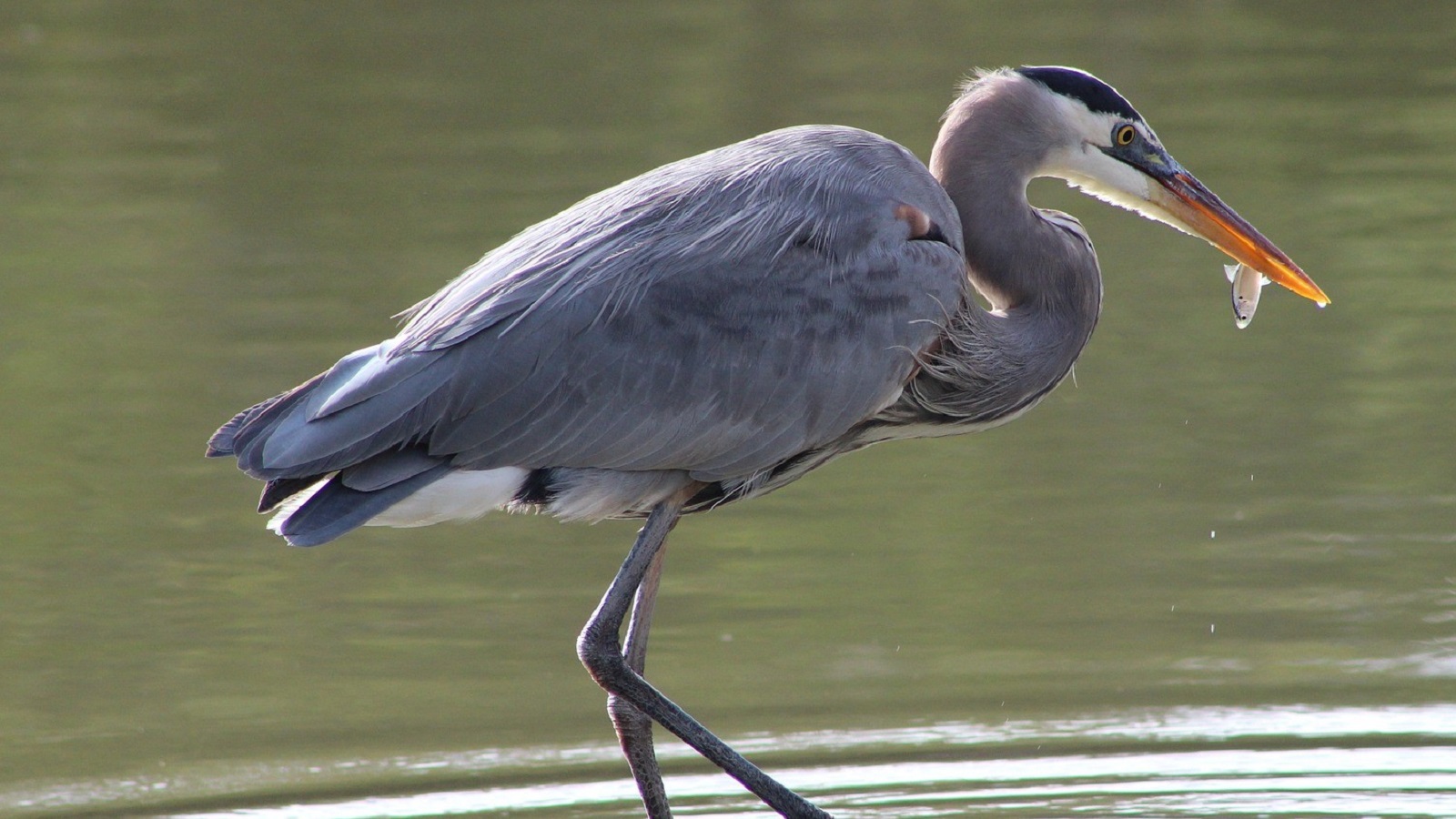
Northern Parula: A Complete Guide to This Colorful Warbler
Have you ever been out in the woods and heard a high, buzzy trill from the tree canopy? Chances are, you were listening to the ...
Welcome to the ultimate bird directory! Whether you're a curious beginner, an avid birdwatcher, or just someone fascinated by the world of birds, this is your go-to resource to explore the incredible variety of avian life. Our complete bird list brings together every bird we've featured on our site, all in one easy-to-navigate page. From colorful toucans and majestic eagles to tiny hummingbirds and mysterious owls, you'll find them all right here.
Birds are among the most diverse and fascinating creatures on Earth. With over 10,000 known species, they come in every shape, size, and color imaginable. Some are known for their stunning plumage, others for their songs, and many for their unique behaviors or habitats. By exploring our complete list, you’ll not only learn to identify these birds but also gain insights into where they live, what they eat, how they behave, and what makes each species so special.
Each bird listed here links to a detailed profile that covers essential facts like scientific name, wingspan, length, weight, diet, habitat, and more. We’ve also included high-quality images and interesting facts that make learning about birds both educational and fun. This archive page is designed to help you find the exact bird you’re looking for or discover new favorites you’ve never heard of before.
Use this page as your birding hub—whether you’re planning a birdwatching trip, researching for a school project, or simply feeding your curiosity. We’re constantly updating our bird profiles with new species and fresh details, so you can always find something new to explore. Plus, we’ve added helpful filters and categories (like color, size, crest, beak type, and region) to make your browsing even easier.
So go ahead—dive into the world of birds and let your journey begin. Scroll down to start exploring the complete bird list and click on any bird to learn more about its amazing features. Happy birding!

Have you ever been out in the woods and heard a high, buzzy trill from the tree canopy? Chances are, you were listening to the ...

If you’ve ever spotted a tall, statuesque bird wading through the shallows of a lake or standing motionless along a marshy shoreline, chances are you’ve ...